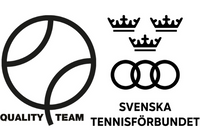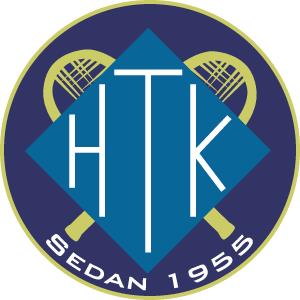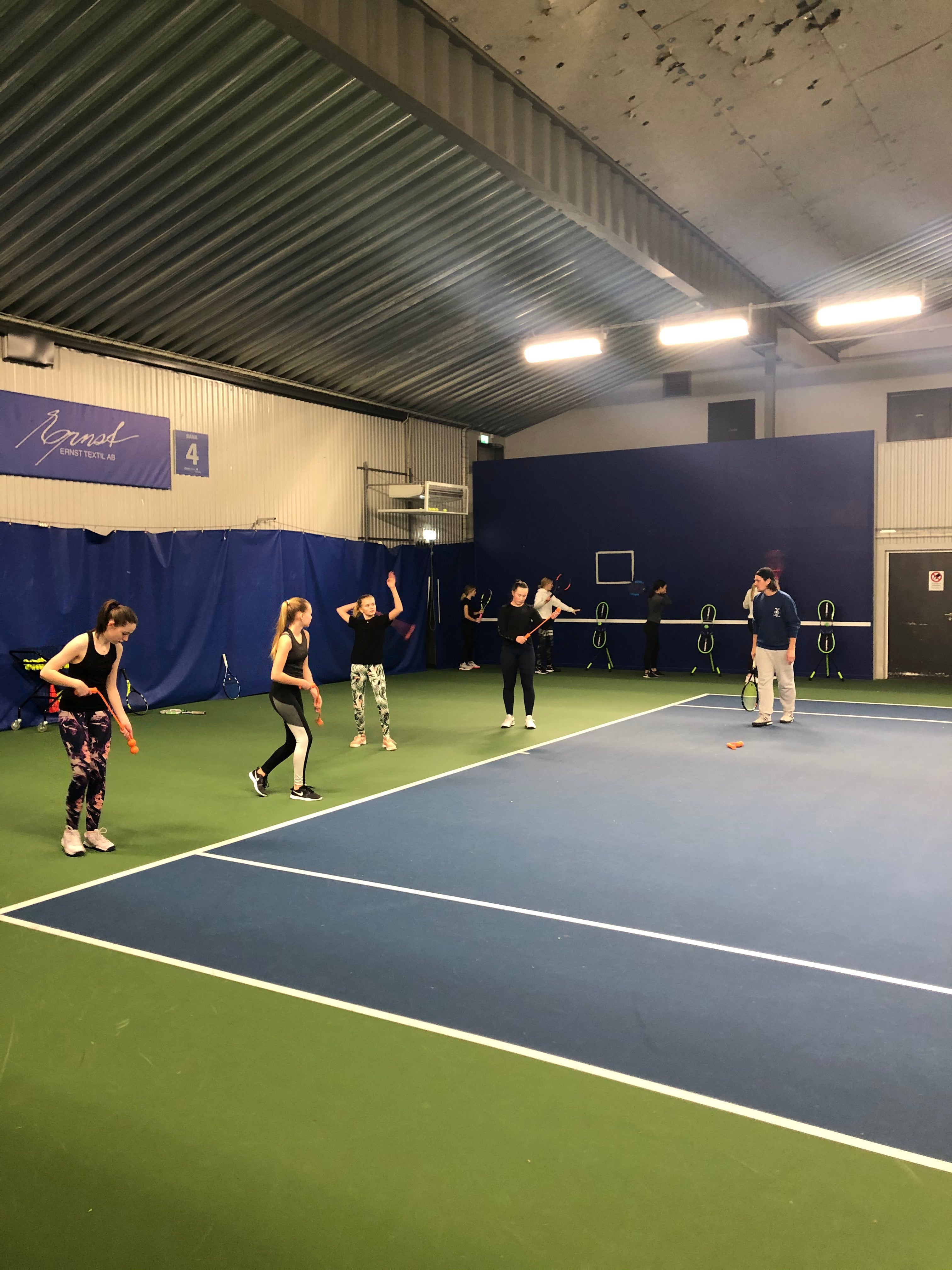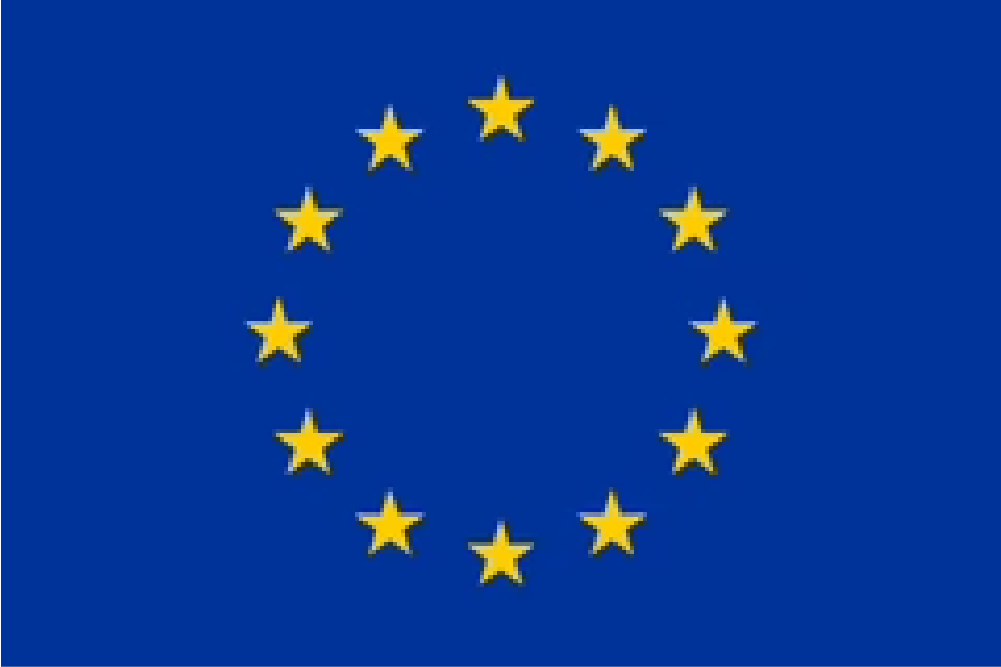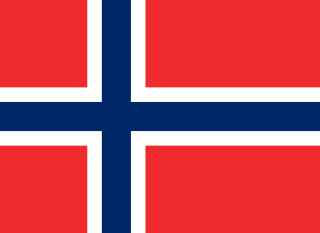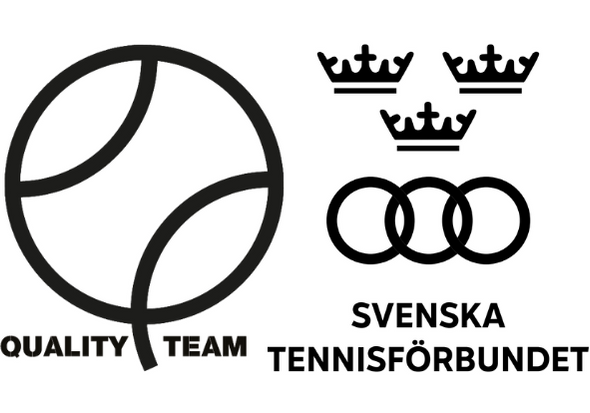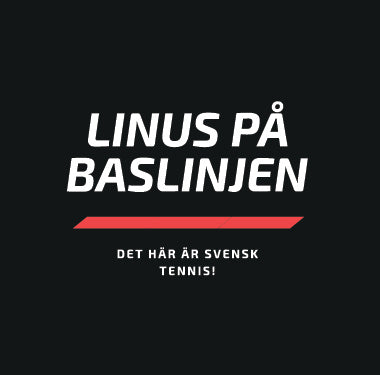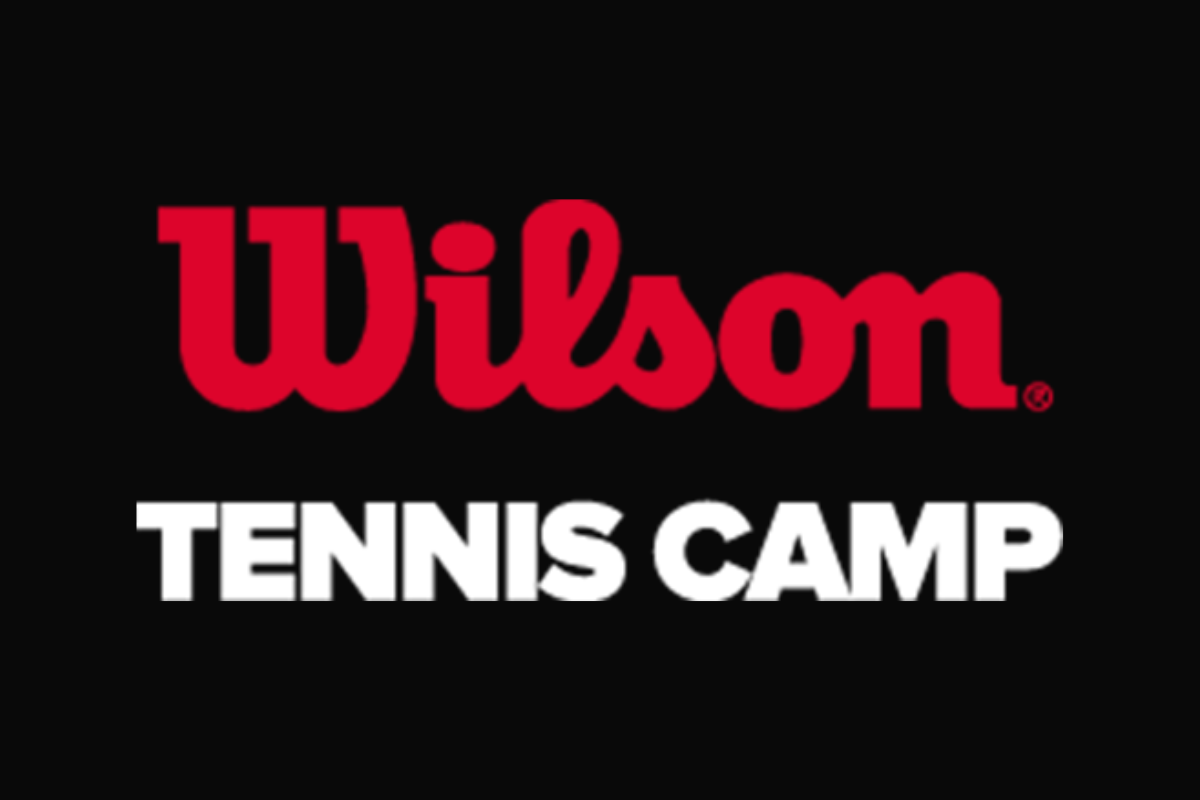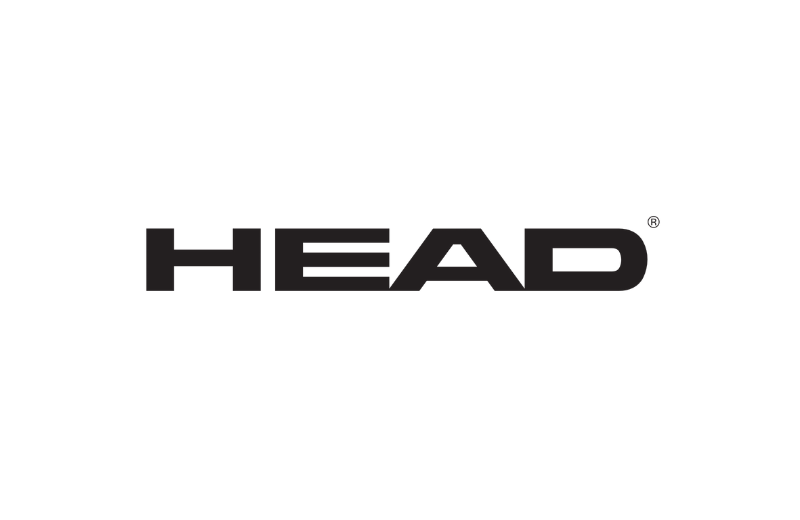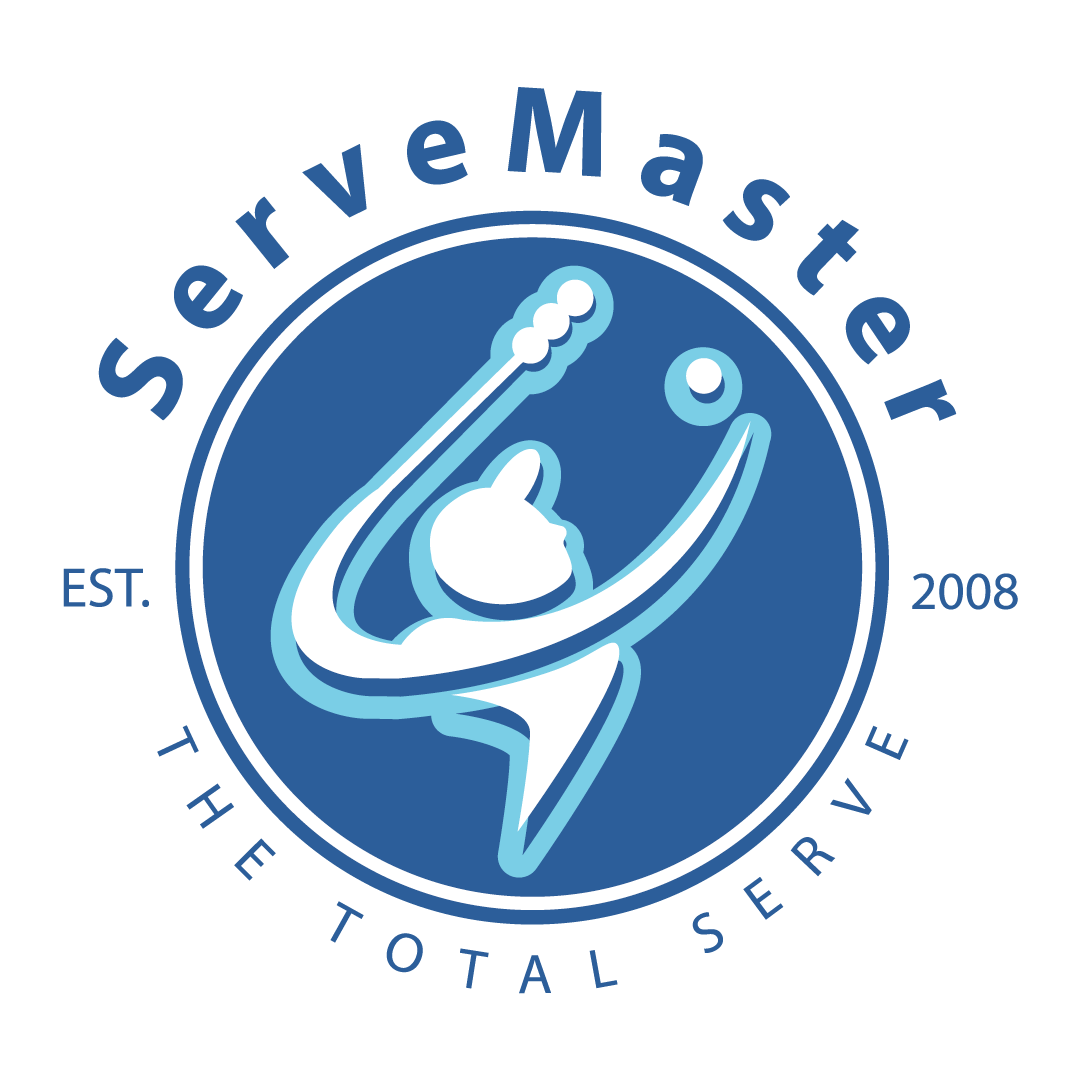Now, you might be thinking of football and goalkeeper Gordon Stewart from the "The Safest Hands in Soccer" series in Buster sports magazine, but that's not what this is about. No, we're talking about tennis and to hit good tennis shots you need a good grip. But let's start by going through the different strokes of tennis.
Baseline strokes are really called any kind of stroke that you hit after your opponent has served and the ball has bounced once in the serving box on your half of the court. Unless you're playing wheelchair tennis, in which case the ball is allowed to bounce twice before you hit it back.
In tennis, the typical basic strokes are forehand and backhand. They can be hit straight (flat) or topped with topspin or cut with slice. The different screws affect the trajectory of the ball as well as the way the ball bounces, which can give you a playing advantage over your opponent.
The lob is a basic stroke that involves hitting a high lyre when the opponent is positioned in front of the net. If you succeed with the lob, you force the opponent away from the net, but if you fail, the opponent is given the opportunity for a smash instead. We'll get to the smash in a minute.
An offensive and over-screwed lob is very effective because it gains extra momentum after it bounces, making it more difficult for the opponent to catch up with the ball.
The stop ball is a delicacy in the game, but it can be difficult to get right. It is a ball that is struck so that it lands short, close to the net on the opponent's side and the intention is that the opponent does not have time to get forward to hit a return. The term 'stop' refers to the ball being so heavily undershot and the bounce being so low that the ball 'stops'. A perfectly struck stop ball will even bounce back towards the net. The Swedish tennis player Jan-Erik Lundqvist was known for his super-efficient stop balls.
You use this over-and-under spin to influence the ball's trajectory through the air and bounce off the ground - to make it more difficult for your opponent. The topspin is a topped shot that gives the ball a forward rotation, the ball trajectory is shorter than with an unscrewed shot but the ball bounces high and fast. A cut shot or slice will fly further than an un-screwed or over-screwed ball. But the ball will bounce low and it will be difficult for the opponent to "pick up" the ball and make a good return shot.
The smash is often a winning shot that you can use when the opponent has been forced to hit a high return or has failed with a lob that has fallen short. The smash is a powerful, scoring shot where you swing the racket overhead and you hit the ball high in the air, similar to your serve movement.
Volley strokes are any type of stroke that you use when you hit the ball before it has bounced. From being almost exclusively a stroke used to meet the ball in net position, it has now become increasingly common to meet the ball from half distance at the service line in a powerful and often winning "volley drive". Then there is the half-volley, which is actually a groundstroke, but it is executed immediately after the ball has bounced up.
Finally, we need to talk a bit about grip. There are several different ways to grip a tennis racquet. For example, you have continental, eastern and semi-western grips. But it all starts with a proper grip and the GripFixer product acts as a positioning guide for your fingers. Easy to understand. Very clever. Try it and see if you can "get the grip right away".

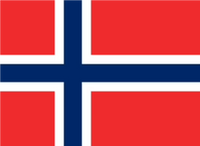 Shipping to EU & Norway
Shipping to EU & Norway

